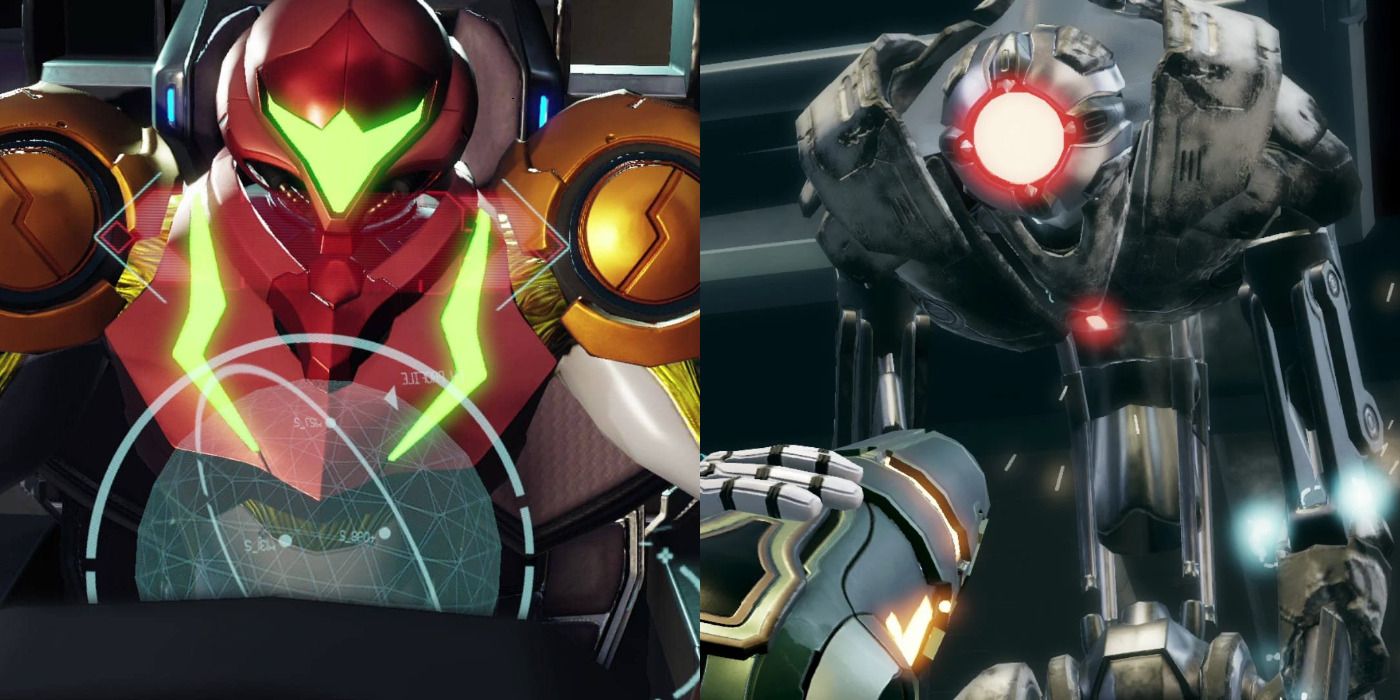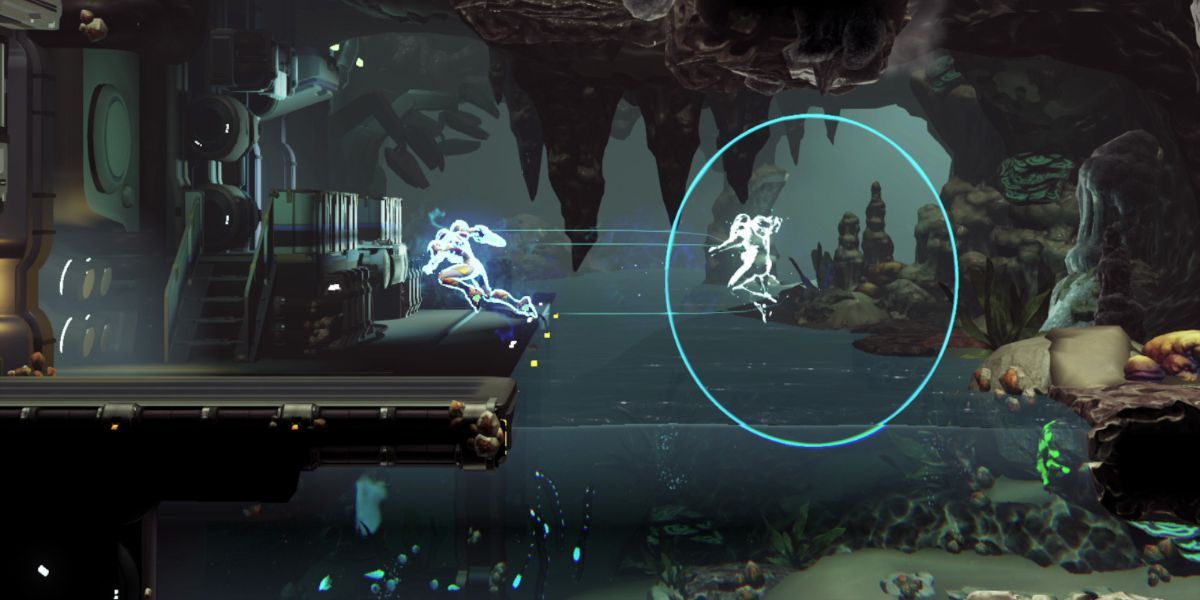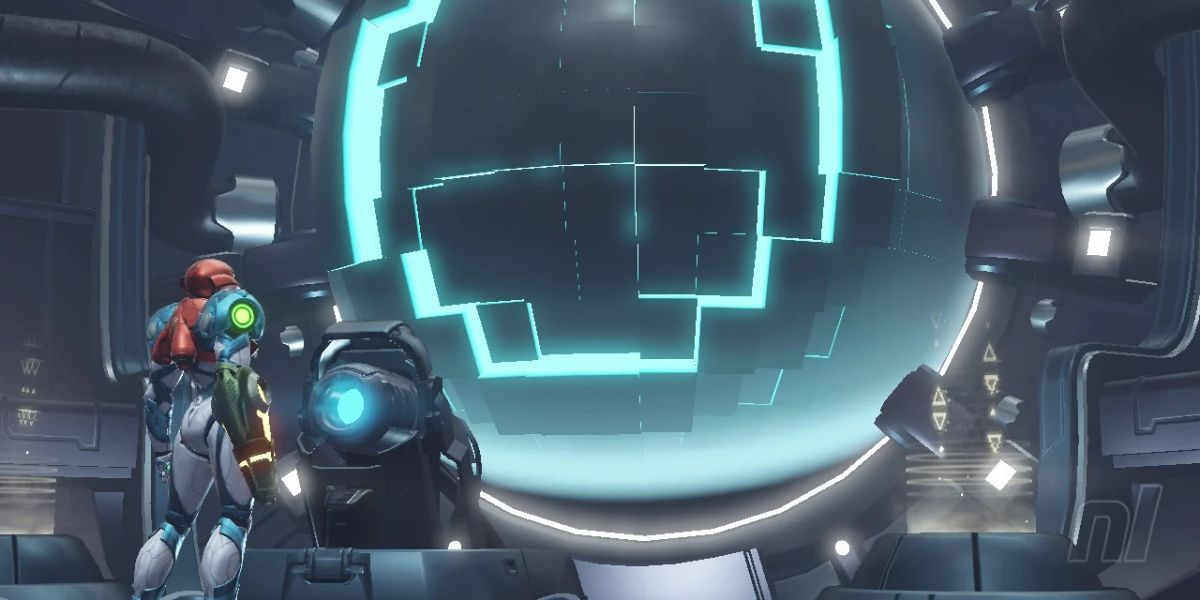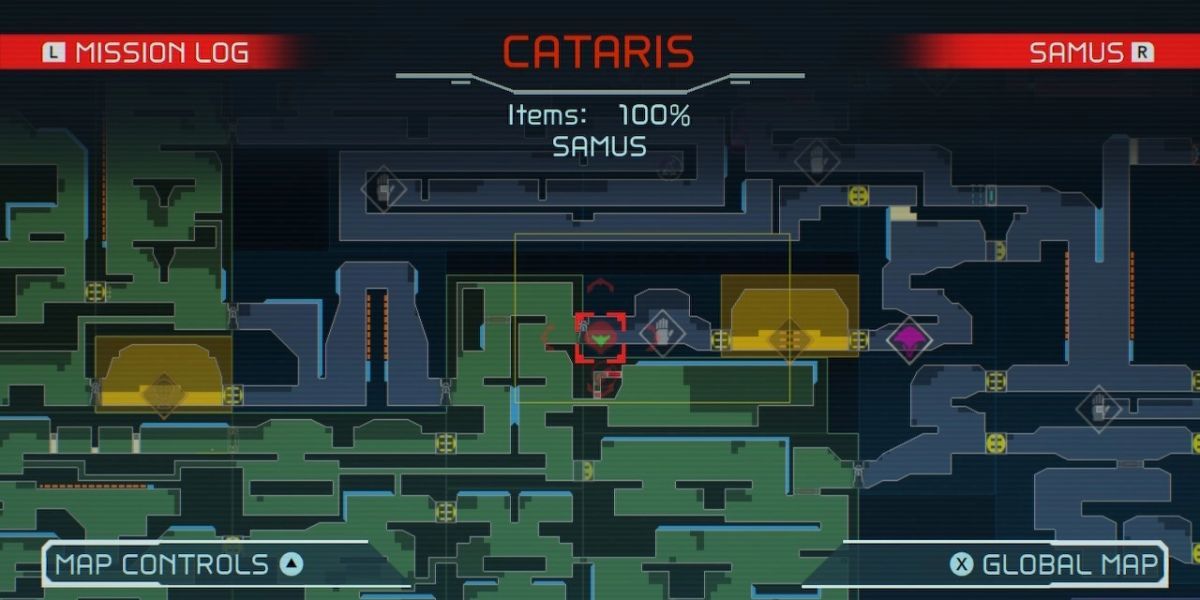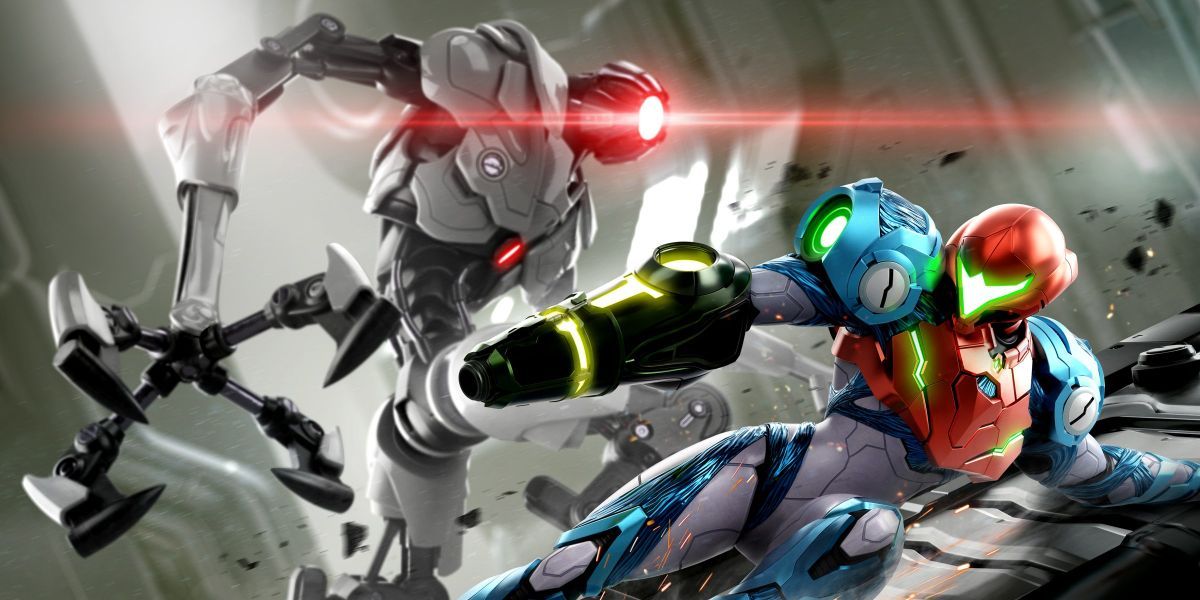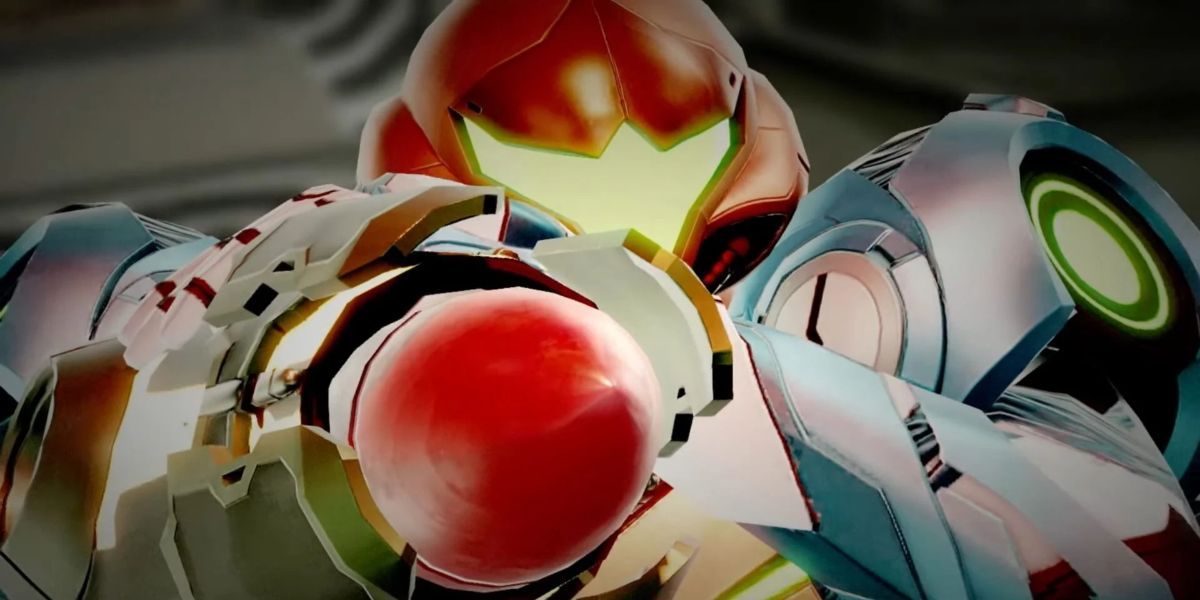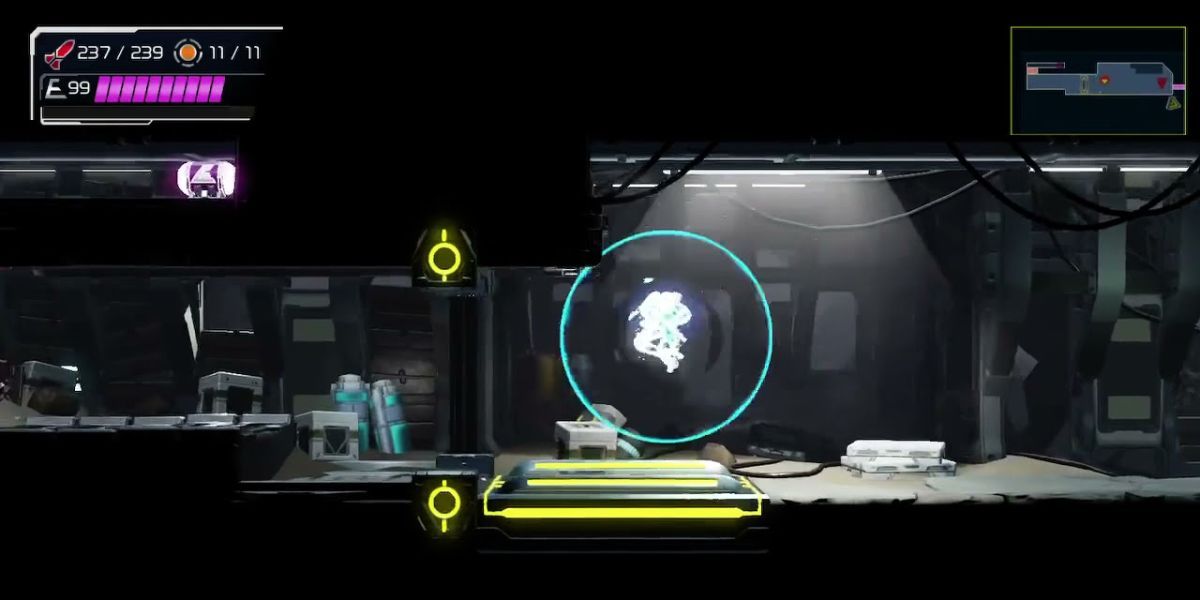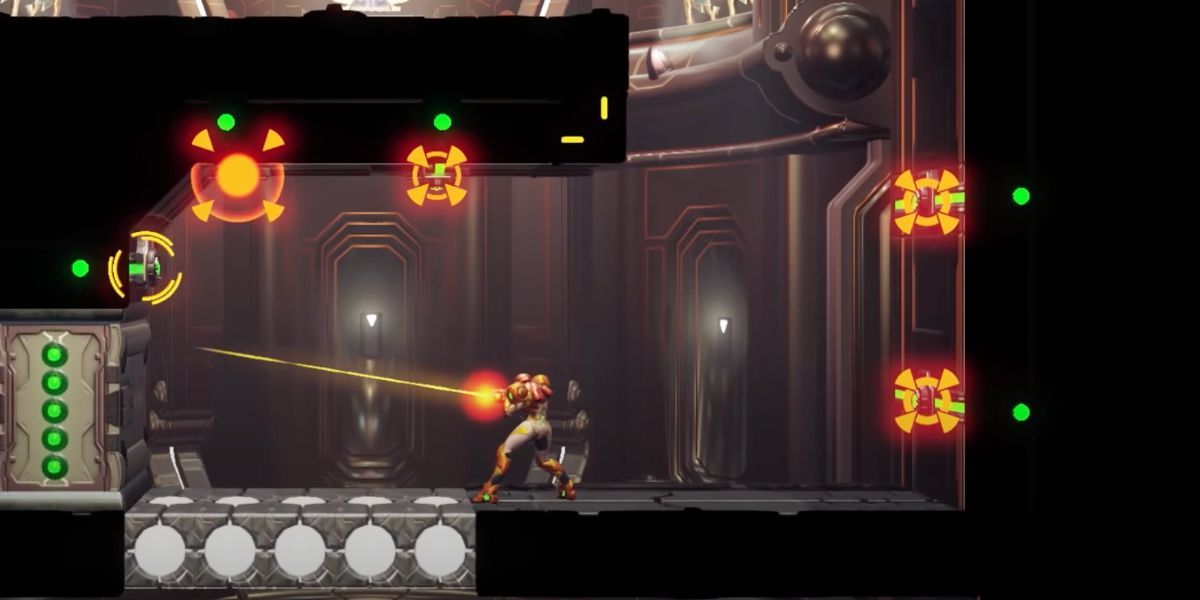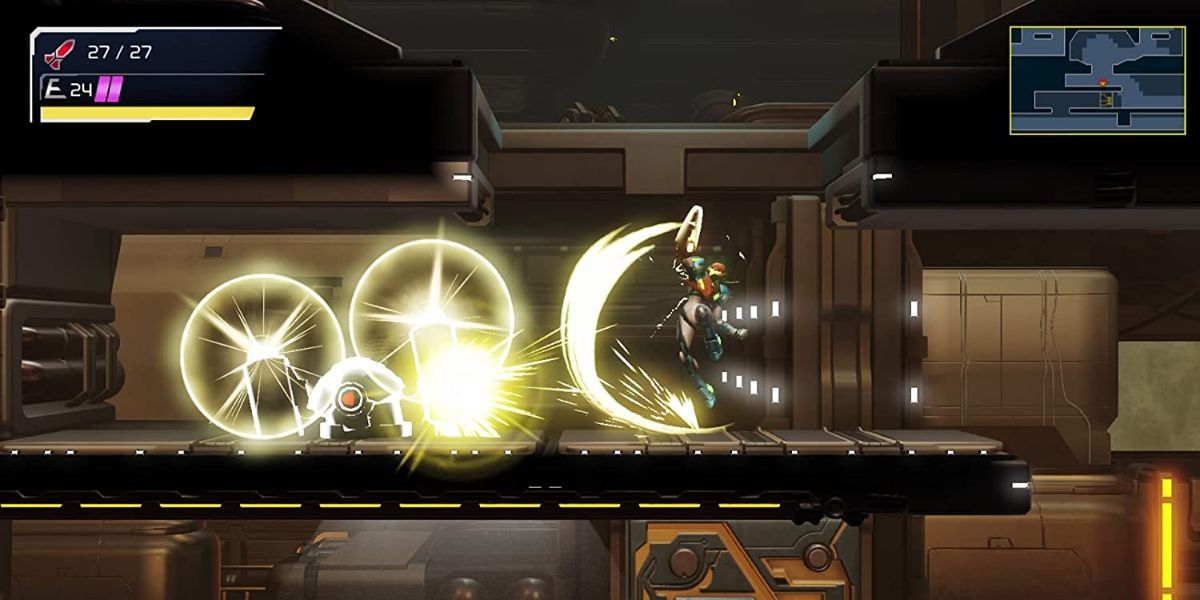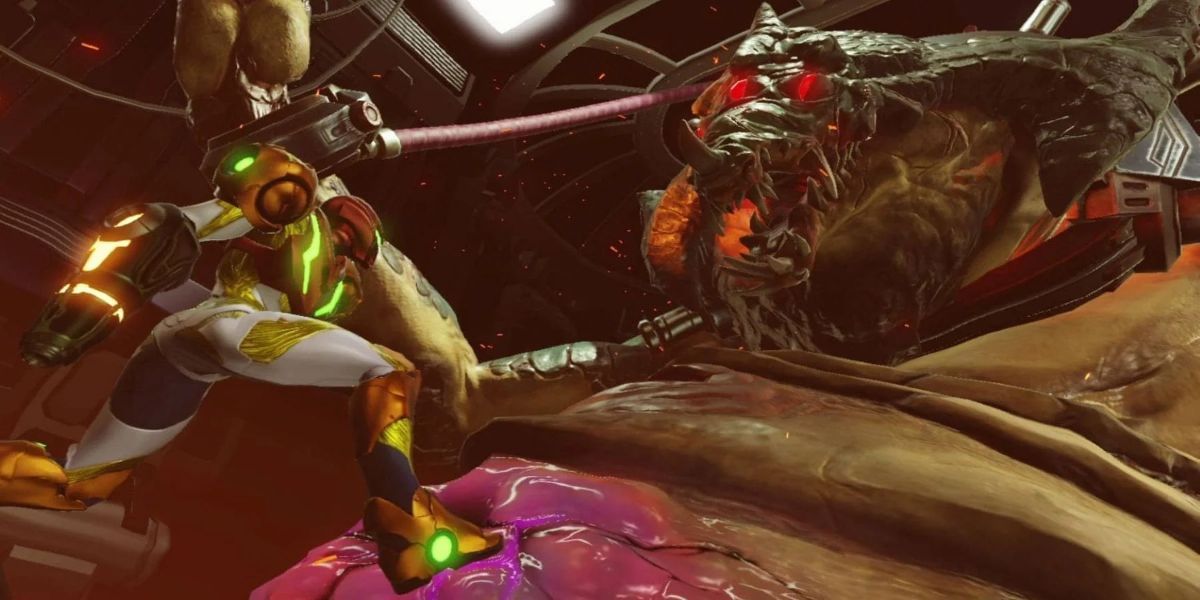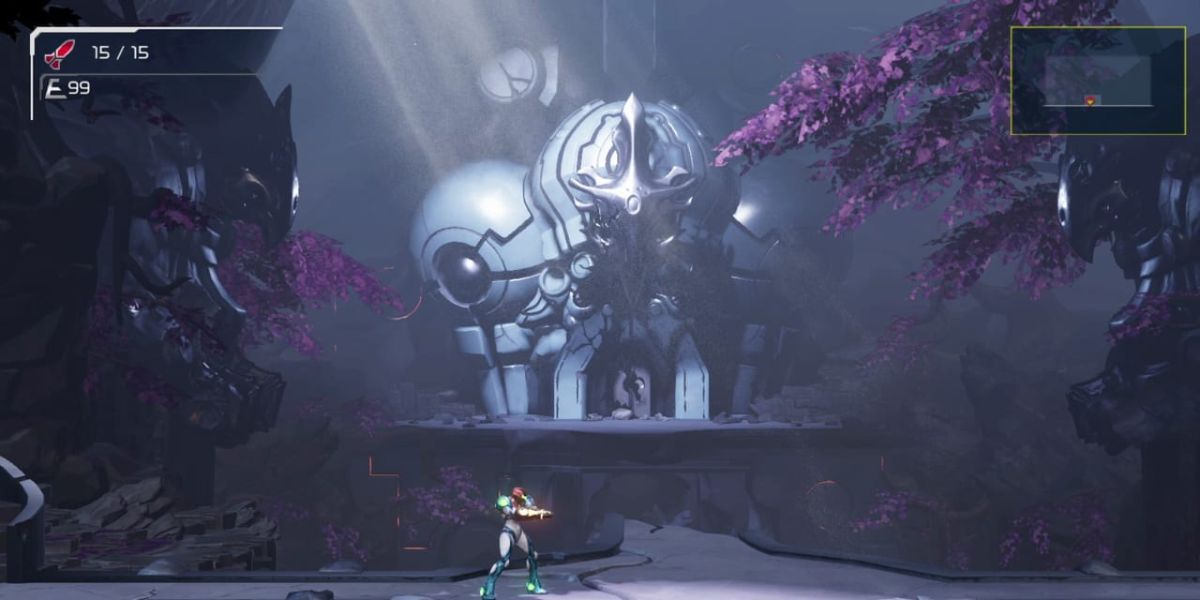The latest (and long-awaited) entry in the Metroid franchise is here, and thus far it seems like Dread is exceeding fans' expectations across the board. It features the brain-bending exploration and satisfying progression that the series is known for, while at the same time making some welcome upgrades to the game's combat and draping everything in a spooky ambiance.
One thing of particular note to players is that Dread is hard. Being notably more difficult than other entries in the series is one thing, but the effect is compounded by the fact that Dread is shaping up to be the entry point for many newcomers to the franchise. While the game might seem intimidating at first, these tips will help even beginners see it through to the end.
Be Strategic With Flash Shift
The combat in Dread is a lot faster than it's been in previous titles, thanks in large part to Samus' enhanced mobility. A slide lets her pass underneath enemy attacks, evoking memories of Mega Man 3, but another important upgrade to her moveset is the Flash Shift ability.
Similar to dash maneuvers featured in some of the best 2D action games like Metroid Dread, the Flash Shift allows Samus to rapidly dodge out of the path of enemy attacks. It's an essential maneuver to keep Samus out of an enemy's melee range, but thoughtlessly spamming it won't help much. The Flash Shift features a more pronounced cooldown than other dash maneuvers in the genre do, so players should take care to ensure that they're using it at the right moments.
Get Off The Beaten Path
Most Metroid titles a sort of "intended" path along which the player is guided by the invisible hand of the developer. Areas flow from one another, with progress being unlocked as the player finds the necessary power-ups to traverse the game's obstacles. While this might be the most efficient way to progress through the game, it may also lead the player to miss out on the hidden upgrades that can be found while backtracking.
Indeed, returning to an old area to explore a previously inaccessible route can be very rewarding in Metroid. The game takes care to reward the player for this sort of exploration, usually in the form of missile and energy tanks, which are instrumental in helping the player survive the game's challenging boss encounters.
Use Your Map
Dread features one of the franchise's largest and most complex game worlds, which is sure to land it high on the lists of fans ranking the Metroid series. Fortunately, though, it also features perhaps the most feature-rich map the series has to offer. The map allows players to highlight certain types of obstacles, place markers, and it stores information about where obstacles are and which ones have already been removed.
That's all very welcome because chances are good that a player will spend a lot of time poring over the map on their first playthrough. They would be well advised to do so, because plotting the most efficient route through a level is critical to Samus' odds of survival, especially where the tense E.M.M.I. zones are concerned.
Sometimes It's Better To Run
At the beginning of the game, the player has no choice but to flee from the murderous E.M.M.I. Later, though, Samus unlocks the phantom cloak, which lets the player make a strategic choice when an E.M.M.I. catches on to them -- run or hide?
While simply cloaking to evade the pursuer might seem attractive, it isn't always the right choice. Hiding from an E.M.M.I. gives it the opportunity to get closer to Samus, and oftentimes searching for a proper hiding spot can leave the player in a disadvantageous position. If there's the distance between Samus and the E.M.M.I., it can sometimes be better just to rush to the exit than slow down and hide.
Fire A Lot Of Missiles At A Lot Of Walls
Progress in Metroid games is sometimes hidden behind breakable floors and walls that are initially hidden to the player. Most require a specific power-up to be destroyed, but all of them can be revealed to the player if they're hit with a missile. Even if a player hasn't yet acquired the power-up necessary to destroy the block in question, revealing it will mark it on the map for later consideration.
Therefore, players shouldn't be shy about lobbing missiles at whatever surfaces look suspicious to them. Doing so will frequently reveal secret routes to hidden power-ups, and is a good way to uncover impassible routes for future exploration.
Energy Tanks Are Always Worth The Effort
Enemies in Metroid Dread hit hard. Therefore, Samus isn't able to tank as much damage as she's typically able to, which places more of an emphasis on evasion, but also means that it's absolutely essential for a player to pick up every energy tank they can get their hands on.
The puzzles a player has to solve to get such a tank are often more complex than other environmental challenges, and oftentimes demand that a player backtrack to a certain area after unlocking a certain power-up. They're always worth the time investment, though, because in this game an extra 99 energy frequently makes the difference between winning and losing a challenging boss encounter.
Follow The Power-Ups
Metroid Dread doesn't give players any explicit direction as to where they need to be going next, meaning that identifying the best path forward can be a challenge for beginners. This is especially true when we consider Dread's large, labyrinthine map -- picking out the game's intended destination can be difficult.
As is typically the case with Metroid, and other genre-defining Metroidvanias, one need only follow the power-ups. Progress in a Metroid game is typically gated behind an obstacle that the player can't overcome without a new ability, so players should search their maps for doors and obstacles that can be passed with their most recent power-up to find the proper route through the game world.
Not Everything Needs To Be Countered
While landing well-placed counters on bosses are usually essential to defeating them in a timely manner, waiting for counter windows to appear on regular enemies isn't always the most efficient choice. Countered enemies drop more resources, but waiting for a counter slows Samus down and exposes her to serious damage risk.
Especially when Samus is in high health, going for a counter on every enemy is sometimes not worth the effort. It's often more time and resource-efficient to simply run through an enemy with dash melee, or blow them away with the regular power beam.
Defend, Then Attack
Dread, without a doubt, features some of the franchise's most demanding boss encounters, making this a challenging Metroidvania that will surely thrill Dark Souls fans. Some of these fights are high-speed, high-mobility encounters that can see Samus' health pool depleted to zero in but a few hits, which can be intimidating to those without a background in 2D action games.
The key to defeating these bosses lies in recognizing where their attack patterns leave them open to attack and then exploiting the opportunity. It can be difficult to identify a pattern while also firing wildly at the boss, though, so often it's better at first to prioritize evading attacks and learning the rhythm of the fight over doing damage.
It's Okay To Get Lost
Getting lost is a familiar feeling in any Metroid title, and it's a core component of what makes the franchise so immersive and rewarding. Without guidance on where to go next, it's quite likely that players will end up wandering the planet, poking around in every corner for the route for ard.
Don't worry, though, getting lost is a feature, not a bug. While the feeling might be unfamiliar to those new to the genre, getting lost in a Metroid title is an essential part of the experience. By getting lost, the player is forced to pay close attention to their surroundings and map, organically developing a strong personal association with the setting. Moreover, even aimless exploration rarely goes unrewarded in Metroid.

